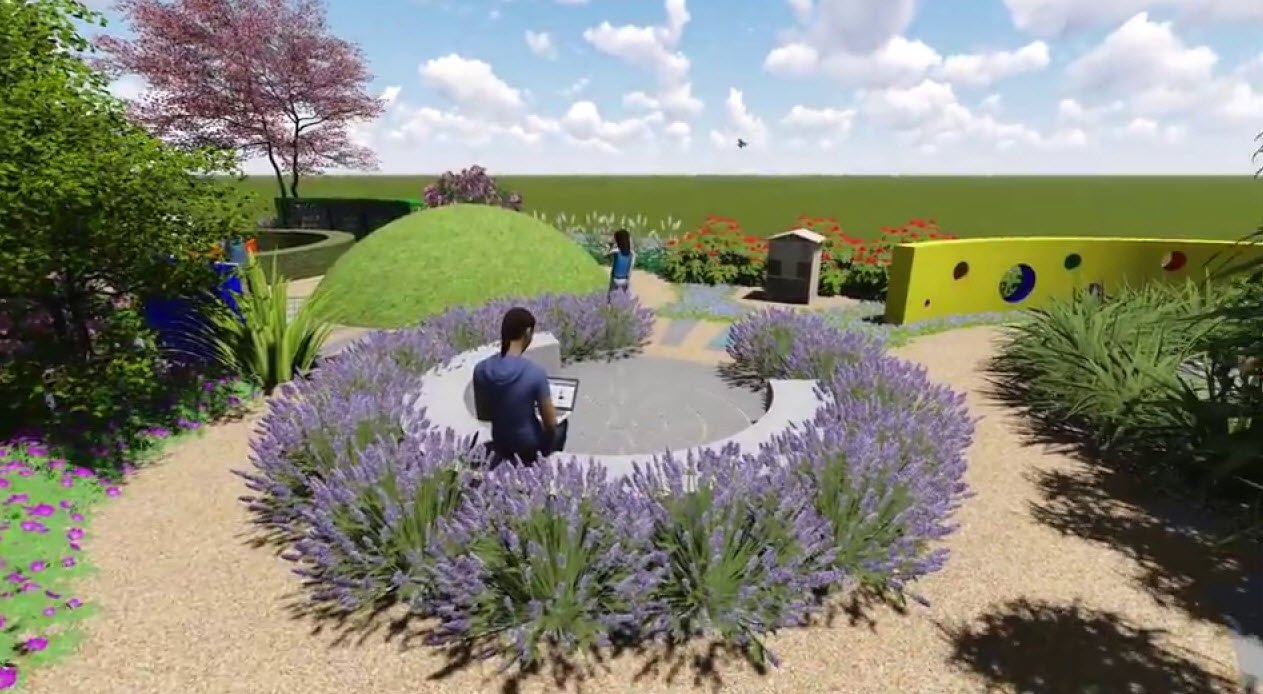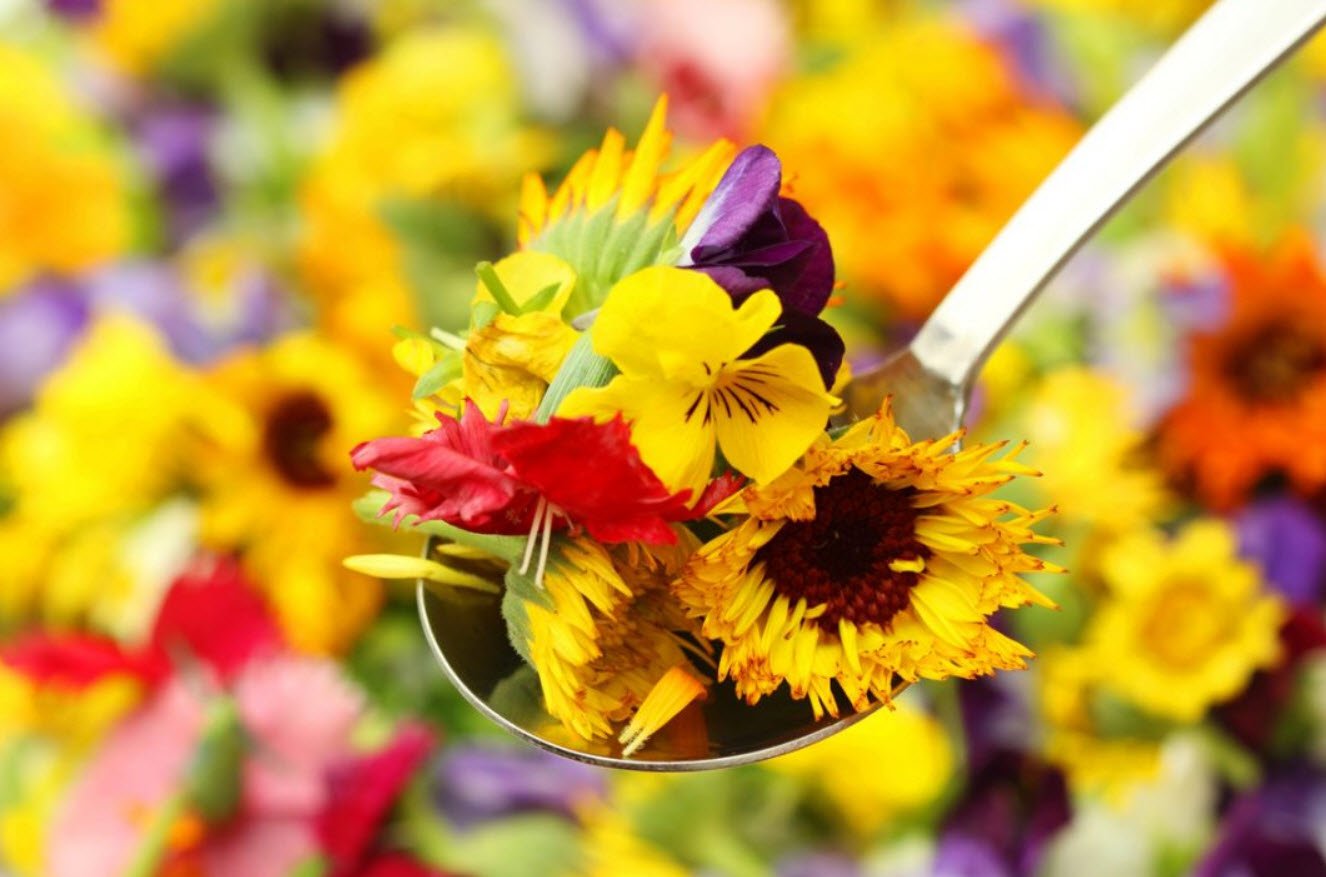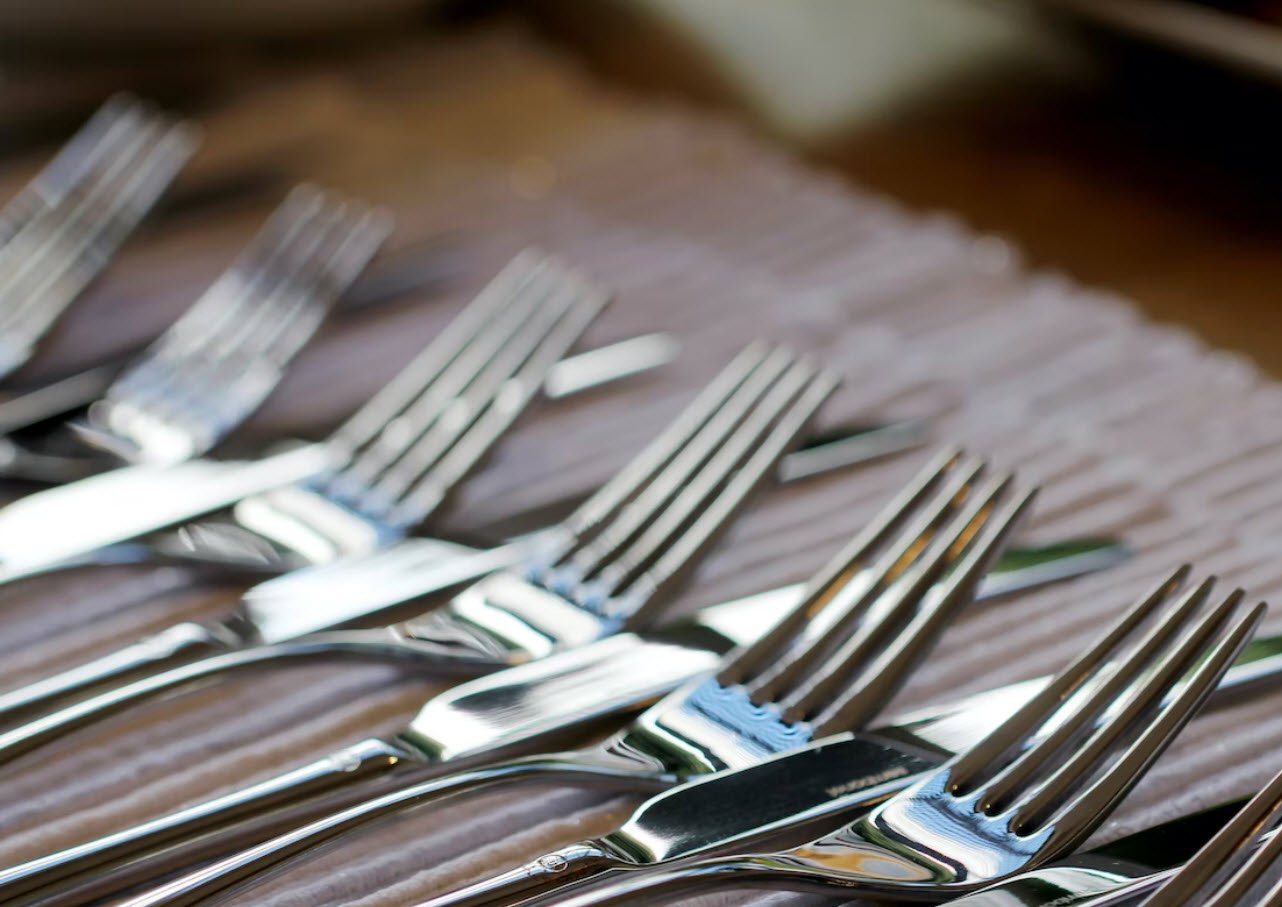
Many people believe that fruit trees can only be grown outdoors, however, you can plant a variety of indoor fruit trees in your living room.
These trees can offer you clean air and lovely foliage, much like ordinary houseplants. Fruit trees, however, offer one significant advantage over common houseplants: they also provide you with real fruit!
If you don’t have access to an outdoor garden or live in a region with a short growing season, indoor fruit gardening is a terrific way to enjoy fresh food all year long. You can cultivate these fruits indoors in pots or other containers that are placed in a sunny area.
Citrus fruits like lemons and oranges as well as tropical fruits like pineapple, papaya, and banana are some common fruits that can be grown indoors. Other well-liked options for indoor fruit trees are fig and avocado trees. A fun and satisfying way to enjoy the taste and health advantages of fresh, locally grown fruit is to grow your inside.
Following are the list of dwarf fruit trees that you can grow indoors:
- Apple
- Pear
- Lemon
- Orange
- Lime
- Plum
- Peach
- Apricot
- Cherry
- Fig
- Pomegranate
- Banana
- Pineapple
- Goji Berries
- Avocado
- Mulberries
- Almond
- Olive
- Coffee
- Kumquat
1. Apple
Apple trees can be cultivated indoors, but to bear fruit they need particular growing conditions and a lot of attention. As they are smaller and easier to care for than full-sized trees, dwarf or miniature apple trees kinds are suitable for growing indoors.
Given that an apple tree may get up to 8 feet tall indoors, you will need a sizable container and soil that drains properly. The tree ought to be put in a bright area close to a window that gets at least six hours of direct sunshine per day. Apple trees need to be watered frequently and kept humid, which can be done by misting the plant or putting a humidifier close by.
2. Pear
Pear trees can be planted indoors, but they need particular growing conditions and a lot of attention to produce fruit, just like other fruit trees need. Pear trees that are dwarf or miniature in size are preferable for growing indoors because they are more manageable and smaller than full-sized trees.
A large container with well-draining soil is required to grow a pear tree indoors because it can get up to 8 feet tall. The tree ought to be put in a bright area close to a window that gets at least six hours of direct sunshine per day. Pear trees also need routine watering and humidity, which you may provide by spraying the plant or setting up a humidifier close by.
3. Lemon
Lemon trees can be cultivated indoors, but to provide fruit they need particular growing conditions and a lot of attention. Lemon trees that are dwarf or tiny in size are more suited for growing indoors than full-sized trees because they are more controllable and smaller.
Given that lemon trees may get up to 8 feet tall, you will need a sizable container and soil that drains properly if you want to plant them indoors. The tree ought to be put in a bright area close to a window that gets at least six hours of direct sunshine per day. Lemon trees need regular watering as well as humidity, which can be provided by spraying the plant or putting a humidifier close by.
4. Orange
Check out the calamondin orange tree if you want to cultivate an orange tree indoors. Kumquats and mandarin oranges are hybridized to create calamondin oranges. They taste tart and sweet and have thin skins. It is advisable to use dwarf, self-pollinating types inside. They need full sun all day long.
5. Lime
As long as they are given the proper growing circumstances, lime trees can be grown indoors. Lime trees are tropical plants that need warm climates, abundant sunlight, and regular humidity to thrive and provide fruit.
Start by placing a dwarf kind of lime tree in a container with well-draining soil if you want to grow a lime tree indoors. The tree ought to be put in a bright area close to a window that gets at least six hours of direct sunshine per day. In addition to frequent watering, lime trees demand high humidity, which can be attained by misting the plant or putting a humidifier close by.
6. Plum
Due to their extensive lighting and space requirements, plum trees can be difficult to cultivate indoors. However, with the right care and attention, dwarf or tiny types of plum trees can be cultivated indoors in containers.
Dwarf plum trees require a bright site close to a window that receives at least 6 hours of direct sunshine each day and can grow up to 8 feet tall. The soil should have good drainage, and be maintained moist, but not soggy. For plum trees to keep their size and shape, regular trimming is also necessary.
7. Peach
Peaches may be grown inside and are similar to nectarines in appearance and flavor. Additionally, peach trees require the same conditions for growth as nectarines. Bonanza and Bonfire are two well-known dwarf peach tree self-pollinating cultivars.
8. Apricot
Fruits like apricots are incredibly adaptable. They may be dried, baked with, made into jam, used in pies, and more!
Consider the Moorpark if you want to grow an apricot tree inside since you require a dwarf choice. It will normally reach a height of about 6 feet with the frequent trimming to keep the tree small and compact. So that the soil doesn’t dry up, it needs well-draining soil and regular watering. It enjoys a lot of sunlight as well, so consider placing it close to a south-facing window where it will receive 6 to 8 hours of light each day.
9. Cherry
Because cherry trees need a lot of light, room, and consistent humidity to produce fruit, they can be challenging to cultivate indoors. However, with the right care and attention, dwarf or miniature cherry trees can be cultivated indoors in substantial containers.
cherry trees require a bright site close to a window that receives at least 6 hours of direct sunshine each day and can grow up to 6 feet tall. The soil should have good drainage, and be maintained moist, but not soggy. Cherry trees also need constant humidity levels, which can be attained by placing a humidifier close by or periodically watering the leaves.
10. Fig
For fig trees to grow outdoors, they must be warm. The only way to grow this wonderful little delicacy indoors if you don’t reside in a warmer region is to have a fig tree. Due to its self-pollination, the Brown Turkey fig is one of the best kinds for growing inside. Make sure your tree receives at least 6 to 8 hours of direct sunlight each day, then fill your container with loamy soil.
Remember that fig plants dislike chilly temperatures and prefer a humid atmosphere. In the winter, you should routinely spray your tree and avoid placing it next to draughty doors and windows.
11. Pomegranate
Pomegranates can be grown indoors, but they need particular circumstances to flourish and bear fruit. Subtropical plants like pomegranate trees need warm weather and direct sunlight to develop and bear fruit.
Pomegranate trees may grow up to 10 feet tall, so you’ll need a big container and soil that drains properly if you want to plant one indoors. The tree ought to be put in a bright area close to a window that gets at least six hours of direct sunshine per day. Pomegranate trees also need regular watering, but between waterings, the soil should be left to dry out.
12. Banana
I can attest to the fact that these trees grow tremendously large because I have banana trees in my backyard. You must opt for a dwarf type if you wish to grow one indoors. The dwarf Cavendish banana tree is a common choice. It grows to a height of about 8 feet and yields skinny, little bananas. Banana trees need plenty of humidity and 6 to 8 hours of sunlight per day because they are tropical plants. Put your tree in a window that faces south and give it a regular misting.
13. Pineapple
Yes, pineapples may be produced inside if the proper circumstances are given to them. Tropical pineapple trees need warm weather, strong sunshine, and continuous humidity to thrive and bear fruit.
The top of a fresh pineapple can be placed in a container with well-draining soil to begin the process of growing a pineapple indoors. The location of the plant should be near a window that gets at least six hours of direct sunshine every day. In addition to frequent watering, pineapple plants demand high humidity, which can be attained by spraying the plant or putting a humidifier close by.
14. Goji Berries
Superfood goji berries are loaded with antioxidants, amino acids, and vitamins C, B, and E. Place a plant in a south-facing window if you wish to grow one inside so that it receives plenty of light all day.
Goji berries are actually drought resilient and do not do well in consistently moist soil, in contrast to many indoor fruit trees on our list. Make sure your plant has soil that drains adequately and that you give it time to dry out in between waterings.
15. Avocado
Most likely, you’ve seen online videos showing how to develop an avocado tree from a pit. While cultivating an avocado tree indoors is entertaining, there are two main issues.
First, typical avocado trees are enormous. One that is perhaps 18 to 20 feet tall is in our front yard. Second, it’s challenging to get avocado trees indoors to bear fruit. If you want to attempt growing an avocado tree indoors, search for a dwarf variety that is good for containers. It needs soil that drains well and at least 6 to 8 hours of direct sunlight each day. Additionally, you’ll need to prune it frequently to maintain it manageable and compact.
16. Mulberries
Mulberries grow on trees, even though we mistakenly assume they grow on bushes (and some well-known children’s songs would have us believe that as well). They grow on trees that make wonderful inside plants, which is even better.
Everbearing and Issai are two types of dwarf mulberry trees that work well in pots. Even though these are dwarf kinds, you’ll need to prune them to keep them compact because they grow just as quickly as conventional varieties. They require potting soil that drains well and at least 6 to 8 hours of direct sunlight each day. Additionally, you must fertilize them every six months.
17. Almond
Although it is technically feasible to grow an almond tree indoors, doing so is not advised because it can be difficult to give the tree the ideal growing circumstances it requires to bear fruit.
Large, woody almond trees need a lot of space and a long growing season to yield nuts. Additionally, they need certain growing conditions like full light, soil that drains well, and regular watering.
18. Olive
Because they don’t require as much care as other plants, olive trees are among the greatest indoor fruit trees. However, a single olive tree can yield about 20 pounds of olives. Think about the self-pollinating Arbequina olive tree, which doesn’t mind developing in a container.
The soil should be well-drained, and the tree needs at least six hours of sunlight each day. It’s also crucial to keep in mind that it needs around 2 months of colder temperatures to produce fruit. This implies that during the fall and winter, you might need to transfer it outside or into a garage.
19. Coffee
Coffee plants (yep, this is the same plant from which coffee beans are extracted!) prefer a lot of bright light, but not direct sunlight because it will burn their leaves, as does nearly every tropical plant. Keep them near a window with good light, or use a translucent curtain to soften the light. In the summer, they enjoy going outside as well, but they keep them in complete shadow and ease them into the sun. Although it’s unlikely that your coffee plant will ever yield berries, when it’s more mature, it might produce fragrant white blooms in the spring. Trim it to maintain its bushy form.
20. Kumquat
An intriguing fruit that you may cultivate inside is the kumquat. Although the fruit is sour, the skin is quite delicious. You can just pop the entire kumquat in your mouth when it’s ripe and consume it that way. The kumquat tree requires lots of sunlight, just like other citrus trees need. If you choose to grow one inside, be sure it can receive six to eight hours of sunlight daily. Additionally, it favors more humid conditions and moist soil.
You may also read:
- Nourishing Passion – Specific Foods to Promote Sexual Health
- The Power of Compound Exercises – 5 Essential Moves for Full-Body Strength
- Alteryx Text Mining
- Exploring the Delightful World of Cold Sauces – From Aioli to Tapenade
- 11 Powerful Poses to Help You Shed Pounds
- How To Prepare Keto Vanilla Cake
- 15 Different Types of Citrus Fruits You Need To Know
- A Guide to the Diverse World of Peppers
- Exploring the World of White Teas – A Delicate Symphony of Flavors
- Crafting a Vienna Vanilla Coffee Latte
- 4 Easy Steps to Prepare the Perfect Macchiato
- Cold Water vs. Hot Water – A Comparison of Health Benefits
- Exploring the 12 Universal Laws – A Guide to Understanding Life and Reality
- 20 Snacks Under 100 Calories – All You Need To Know
- Sunset Smoothie For Weight Loss – Preparation and Benefits
- The 6-Day Total Body Workout Routine
- Essential Post-Workout Stretches for a Better Recovery
- Top 16 World’s Healthiest Foods
- Yoga Mudras and Their Positive Effects on Health
- 34 Medicinal Plants You Can Grow In Your Garden







